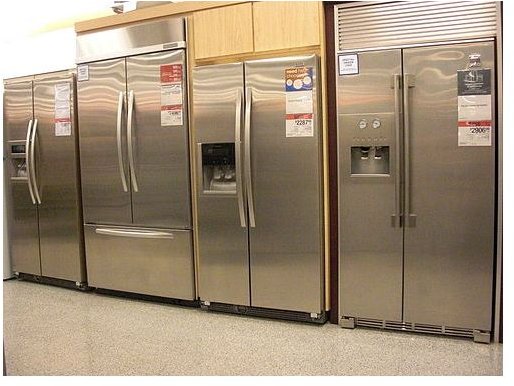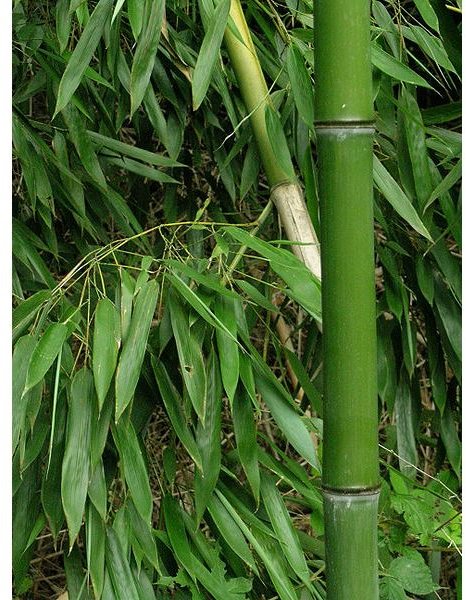Living An Eco Friendly Life
Decorate Green
Green living or eco-friendly living can start with small steps, such as using wall paint that has zero Volatile Organic Compounds (VOC). VOC’s are emissions that emanate from the chemicals used in paint, furniture and textiles. A high concentration of VOC’s in the home can lead to cognitive issues, respiratory illnesses and Ozone layer degradation.
There are formulations of zero VOC for paints, varnishes and stains that will make it easy to refinish, recycle and repurpose pieces of furniture that need some TLC but meant to last for decades.
Baskets, flooring, storage boxes and kitchen bowls made of renewable woods such as bamboo is an easy way to bring earth-friendly accessories that are also practical into the home.
Cork is not just for bulletin boards, cork is a renewable material that is Eco-friendly and can be used as insulation under laminate flooring instead of plastic-based materials. Palm products and recycled carpet tiles are becoming popular for flooring.
Decorating green means that products are not just natural, but that they come from renewable sources and can be obtained as close to home as possible. Living green requires being conscious of what it takes to produce and transport a particular material in a sustainable manner. As natural as granite is, if it must be shipped from Brazil, it is not a very good green choice. An eco-friendly and greener alternative could include the nearest tile manufacturer.
Decorating with green materials requires flexibility in thought and action. Consider the following:
-
Exchange items with others in your area through Craigslist and Freecycle. Many good pieces of furniture can be had for free or at a minimal cost when people are downsizing or relocating.
-
Decorate old flower pots with non-toxic paints and use them to grow your own herbs.
-
Use material from old sheets, tablecloths and curtains to make covers for throw pillows, or make patchwork quilts. Patterns are easy to obtain online and almost everyone can sew a straight stitch with a sewing machine.
In order to lead a more eco-friendly existence, we need to ask ourselves if items that are to be thrown away can be reused, recycled or repurposed before committing them to the dumpster.
Appliances

There are new guidelines for Energy Star appliances that increase the efficiency of large home appliances. These are items that we all need in order to maximize the working hours and enjoy some quality of life, so why not make them work hard for us while reducing their need for energy and saving us money? Always look for the highest energy rating on appliances that must be on 24 hours a day, such as refrigerators and stand-alone freezers.
Washing machines should also have the Energy Star logo and consumers should compare the water usage among various brands. Front loaders use less water than top toaders and can adjust the amount of water needed by sensing the weight of the load. In the long run, they save water and electricity, which is good for the pocketbook and the environment.
Homemade
Living green means being independent and self-sufficient. This includes cooking meals from scratch using ingredients that are grown organically. Slaving over a hot stove is a thing of the past since we have appliances that consume very little energy and cook family meals while we are away.
- Crockpots use hardly any energy compared to an oven. Rich and savory stews and soups can be ready by the time the family gets home from work and school.
- Bread Makers are easy to use and fresh home-made bread can be had on a daily basis.
- Rice Cookers can make more than fresh rice, they can steam frozen food in minutes. Including do-ahead meals previously frozen.
Everyone of these appliances have delay timers to start and finish cooking at specific times.
Homemade laundry detergent is another way of living green and saving a lot of money. You will need a large bucket, a bar of plain soap, washing soda, and water.
- Grate the soap (Castile or Ivory).
- Heat 3 cups of water in a pot.
- Add the soap and stir to dissolve.
- Turn heat off and stir in a cup of washing soda
- Put everything in the 5 gallon bucket holding 3 gallons of water and stir.
- Cover and let it sit overnight.
- Use 2 or 3 tablespoons per load in an energy-efficient front loader.
For heavily soiled clothing: Add 1 cup of Borax. For very hard water locations: Add 1 cup of Baking Soda. Always stir before using and keep the lid on the bucket tightly closed to prevent young children or pets from drowning.
These are just some tips on living green that are good for the environment and easy on the wallet.
*Note: Washing Soda is caustic and suitable only for cleaning purposes. It is used in laundry detergent to remove stubborn stains and grease. It can be found in the laundry aisles of most supermarkets.
Resources
HGTV Pro: Palm and Other Renewable Woods
EPA: Volatile Organic Compounds
Wikimedia Commons: id1337x ; Michele Buzzi
